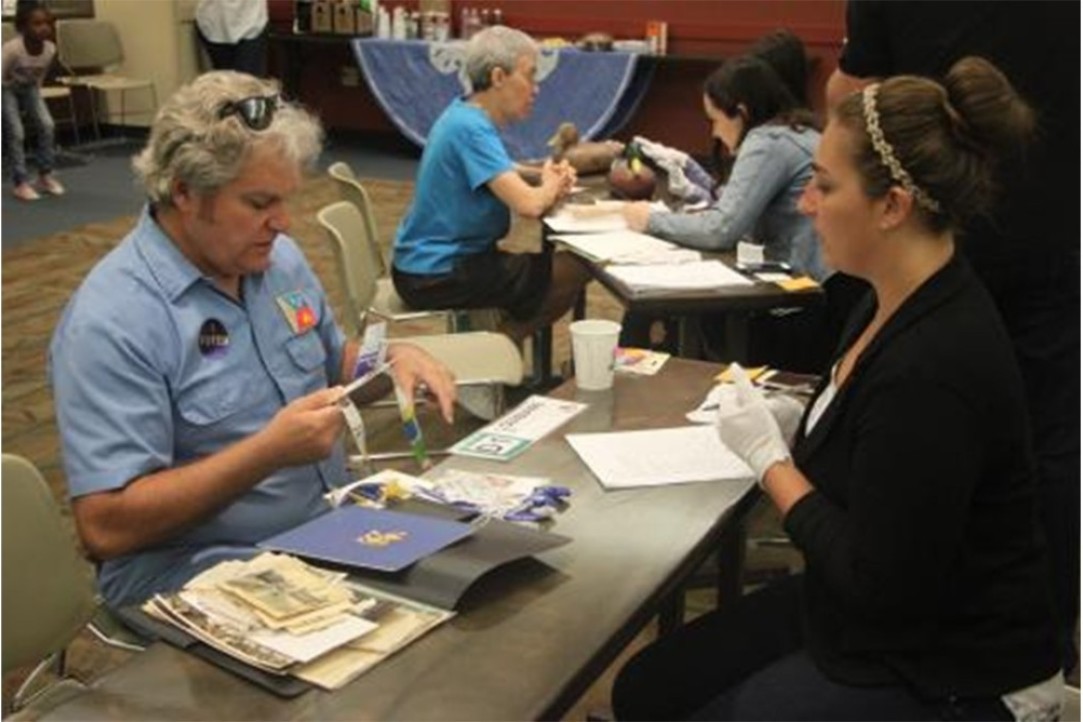Alisa Maximova took part in symposium on museums and public participation

In the paper, based on 30 in-depth interviews with participants and organizers of museum volunteer programs, I describe the multiple forms of interaction between museums and volunteers and the multiple effects of participation in Russia. Volunteer participation differs in historical museums of certain types: for instance, in museum-reserves focussed on social history and ethnography, memorial museums devoted to famous people, local history museums in small regional towns, exhibitions that deal with industrial and technical heritage. “Making history together” in Russian museums involves volunteers collecting, researching, performing tours and theatrical sketches, participating in and co-curating exhibitions, online media, and publishing projects. Participation helps amateur local historians and hobbyists make their work public, reconnects volunteers with their families’ or region’s past, creates links between individuals and larger cultural themes. It has an effect on museums: for example, it makes it possible to look on their work from the outside and pushes museum professionals to share responsibility with highly motivated newcomers who make claims for “serious” tasks.
I argue that it is important to view the “career” of a museum volunteer and the interaction between the museum and volunteers as a dynamic communicative process in which identities, social relationships, boundaries and forms of expertise and perceptions of historical knowledge and artifacts are being formed and redefined.
Symposium programme
Alisa S. Maximova
